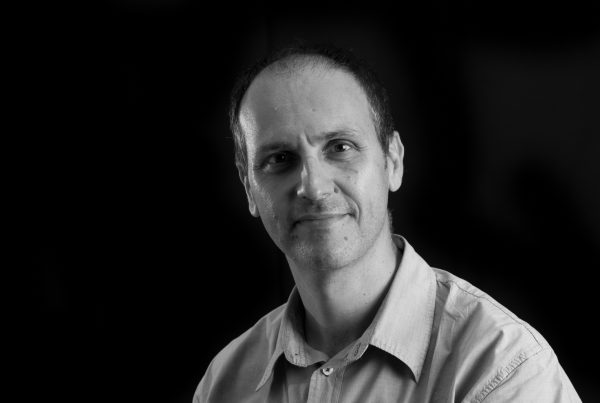I was born in Barcelona, Spain. I obtained my first degree in Chemistry at the University of Barcelona followed by a MSc in Chemical Research at the University of London and a PhD in Organic Chemistry at the University of Barcelona. In 2003, I moved to the University of Cambridge to work as a Research Fellow with Christopher Dobson on the structural and dynamical characterization of proteins. In 2008 I joined ICREA as a Researcher and the IRB as a Group Leader and in 2013 I became ICREA Research Professor.
Research interests
A high resolution description of the structure and dynamics of intrinsically disordered proteins is a very useful tool to study the properties and the function of these important biomacromolecules and, most importantly, to understand how changes in sequence or environment can lead to disease. My research work aims, on the one hand, at developing approaches to probe the conformational heterogeneity of intrinsically disordered proteins and, on the other hand, at understanding how changes in such motions relate to the molecular recognition of proteins, to their multimerization properties, to their function and to disease.
Selected publications
- Zhu J, Salvatella X & Robustelli P 2022, 'Small molecules targeting the disordered transactivation domain of the androgen receptor induce the formation of collapsed helical states', Nature Communications 13, 6390.
- Escobedo A, Piccirillo J, Aranda J, Diercks T, Mateos B, Garcia-Cabau C, Sánchez-Navarro M, Topal B, Biesaga M, Staby L, Kragelund B, García J, Millet O, Orozco M, Coles M, Crehuet R & Salvatella X 2022, 'A glutamine-based single alpha-helix scaffold to target globular proteins', Nature Communications 13, 7073.
- González-Arzola K, Díaz-Quintana A, Bernardo-García N, Martínez-Fábregas J, Rivero-Rodríguez F, Casado-Combreras MA, Elena-Real CA, Velázquez-Cruz A, Gil-Caballero S, Velázquez-Campoy A, Szulc E, Gavilán MO, Ayala I, Arranz R, Ríos RM, Salvatella X, Valpuesta JM, Hermoso JA, De la Rosa MA & Díaz-Moreno I 2022, 'Nucleus-translocated mitochondrial cytochrome c liberates nucleophosmin-sequestered ARF tumor suppressor by changing nucleolar liquid–liquid phase separation', Nature Structural & Molecular Biology 29, 1024-1036.
